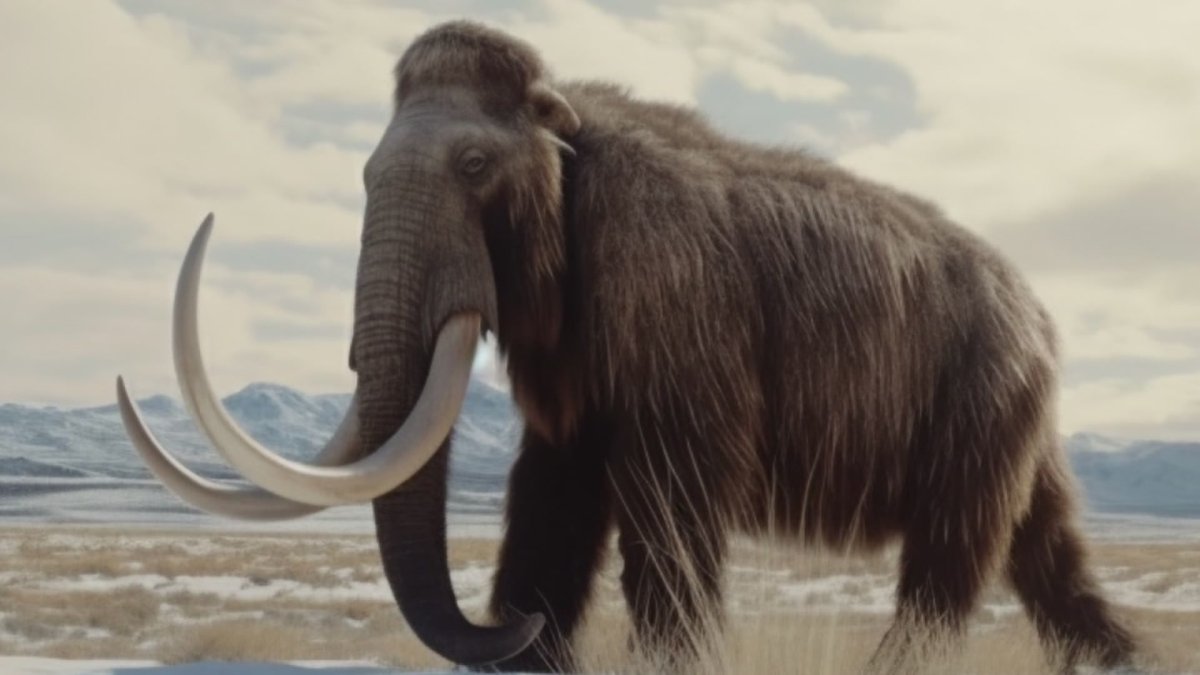“As it turns out the woolly mammoth and Asian elephant are 99.6% gnomically similar,” said James.
That is still further apart genetically than humans and the other two chimp species, so it is still a massive gap to bridge.
Asian elephants are also endangered, wouldn’t it be better to ensure their survival than to spend money on this boondoggle?
I have to admit that “gnomical” does not make me think of genomes.
Why not both?
Is anyone proposing both?
This feels like a publicity stunt at best. Why de-extinct something at all, especially something with no current ecological niche?
Not too mention, de-extincting something that is from a much colder point of history while we are heating up the planet.
"But there’s an even bigger driving force.
James says restoring a mammoth ecosystem can preserve permafrost, or ground that remains frozen, and slow the release of greenhouse gases."
I’m confused, how exactly would wooly mammoths help preserve permafrost?
tl;dr Grazers at glacial limits sequestrate carbon via trampling.
This is where our shaggy friends may come in. Mammoths and other large herbivores of the Pleistocene continually trampled mosses and shrubs, uprooting trees and disturbing the landscape. In this way, they inadvertently acted as natural geo-engineers, maintaining highly productive steppe landscapes full of grasses, herbs and no trees.
Bringing mammoth-like creatures back to the tundra could, in theory, help recreate the steppe ecosystem more widely. Because grass absorbs less sunlight than trees, this would cause the ground to absorb less heat and in turn keep the carbon pools and their greenhouse gases on ice for longer. Large numbers of the animals would also trample snow cover, stopping it from acting like insulation for the ground and allowing the permafrost to feel the effects of the bitter Arctic winters. Again, this would, in theory, keep the ground colder for longer.
https://theconversation.com/could-resurrecting-mammoths-help-stop-arctic-emissions-95956
deleted by creator
Life, uh, finds a way…
A pointless vanity project. TF you think is gonna happen, we’ll have hordes of mammoths that won’t be hunted or climate-changed back into extinction? Christ on a shitstick.
Can’t wait to see the first elephant wearing a wig
Texas, where you’re forced to live The Handmaidens Tale, but not allowed to read it in school
deleted by creator
Looks like mammoth is back on the menu boys!








